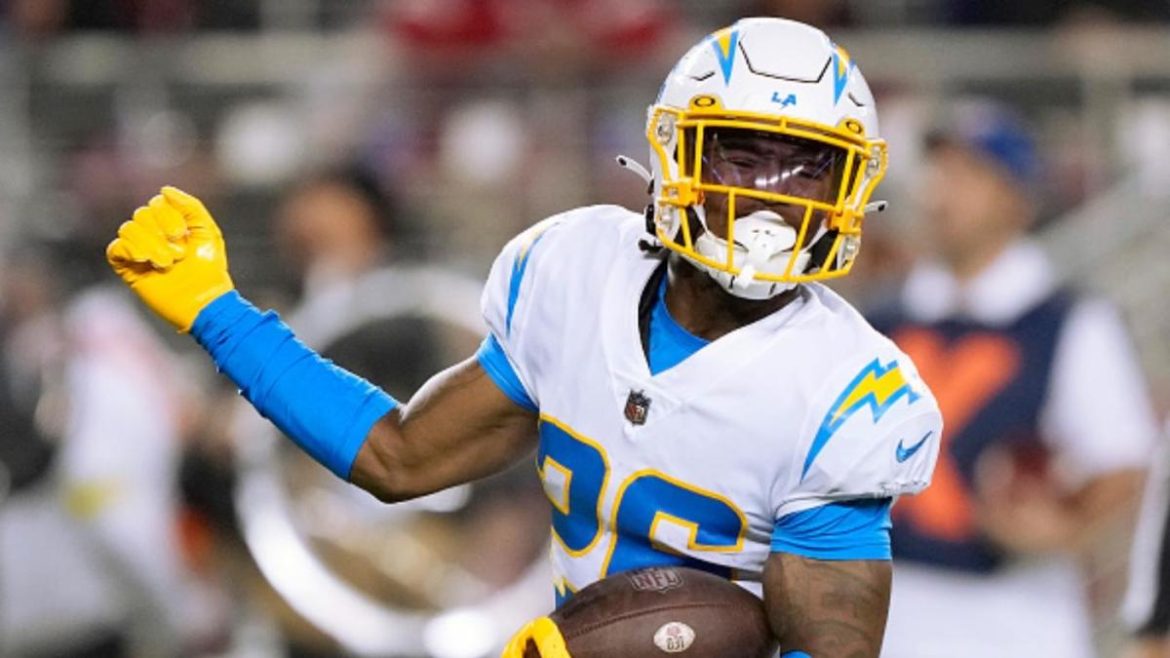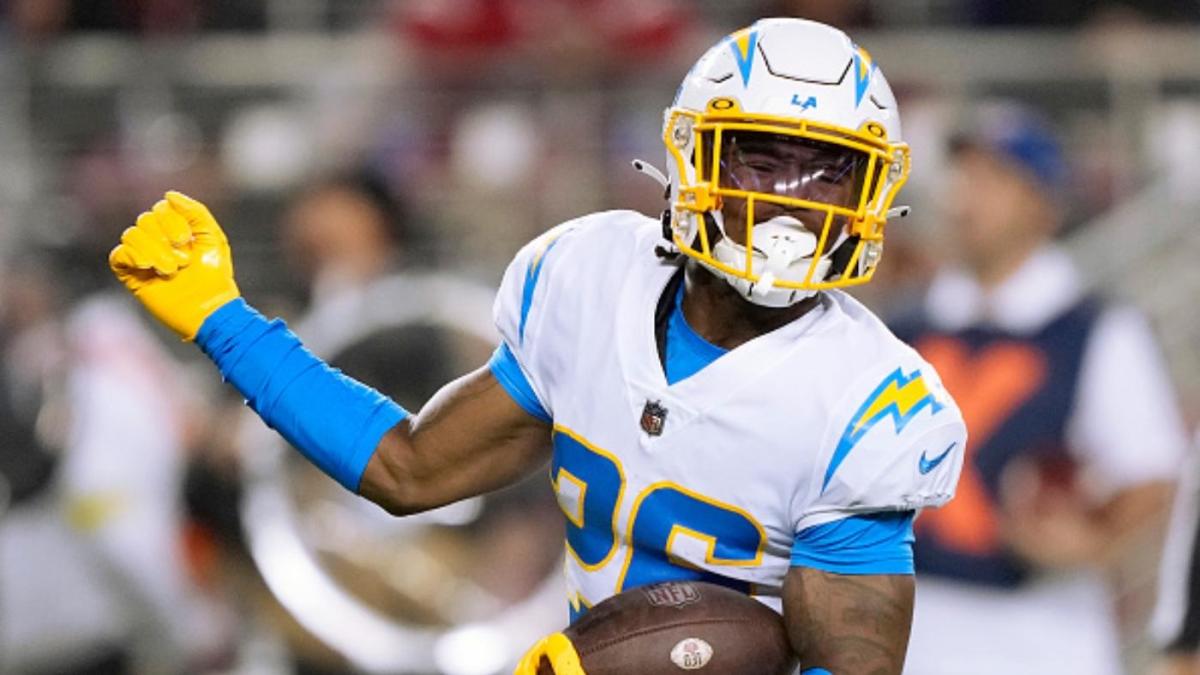The Arizona Cardinals’ 2025 season has been significantly impacted by the announcement that Sean Murphy-Bunting, a key cornerback, will miss the entire year after being placed on the reserve/non-football injury (NFI) list. This development not only alters the Cardinals’ defensive depth chart but also raises questions about the team’s preparedness in the secondary, the value of Murphy-Bunting’s acquisition, and what strategic moves might follow in free agency or the draft to compensate for his absence.
Sean Murphy-Bunting’s Role and Impact with the Cardinals
Murphy-Bunting joined the Arizona Cardinals prior to the 2024 season on a three-year, $25.5 million free agent contract, signaling the team’s commitment to bolstering their defensive backfield. Before signing with the Cardinals, he played for the Tampa Bay Buccaneers, with whom he won a Super Bowl, and had a stint with the Tennessee Titans. In the 2024 season, Murphy-Bunting started 15 games, contributed three interceptions, five passes defensed, 52 total tackles, and two forced fumbles, clearly serving as a starter and an active defensive playmaker.
While some fans and analysts expressed criticism or dissatisfaction with his performances—often unfairly conflated with inconsistent play—statistical measures and his on-field contributions demonstrated he was more valuable than perceived. Murphy-Bunting was viewed as an essential veteran presence within a relatively young and inexperienced cornerback unit.
Implications of the Season-Ending Injury
With Murphy-Bunting ruled out for the 2025 season and placed on the reserve/non-football injury list, the Cardinals lose not only a starter but a defensive leader. Considering that Murphy-Bunting was likely to begin the season as a starter, his absence leaves a significant void in Arizona’s secondary, particularly in an area where experience is scarce.
The NFI designation means Murphy-Bunting will not count against the 90-man offseason roster, providing some roster flexibility, but the on-field impact is considerable. His guaranteed $7.7 million base salary for the season is now in jeopardy due to his unavailability, potentially complicating contract and salary cap considerations.
Depth Chart Challenges and Corners at Hand
The Cardinals’ cornerback depth was already a concern heading into 2025. Other players such as Carlton Davis and Jamal Dean have shared snaps, but the group overall is characterized by youth and limited experience. Murphy-Bunting’s veteran leadership was considered necessary for guiding these younger athletes and stabilizing the backfield.
Analysts have pointed out that while Murphy-Bunting may not have been a top-tier shutdown cornerback, he cleared the bar set by his predecessors and peers within the Cardinals’ defense. Currently, the roster lacks a clear top-tier corner, and losing Murphy-Bunting undermines any momentum in secondary continuity.
Free Agency and Draft Options to Fill the Void
With Murphy-Bunting out, the Cardinals face the urgent task of addressing cornerback needs either through free agency or the 2025 NFL Draft. Several sources discuss the pool of available free agent cornerbacks who might be suited to Arizona’s defensive schemes, although the overall quality of the free agent cornerbacks remaining may be mixed.
Potential free agent targets will need to provide immediate starting capability or serve as experienced depth while younger players develop. Teams with similar needs have pursued veterans with solid track records to stabilize their pass defenses.
Looking to the draft, the Cardinals may prioritize securing a cornerback with star potential or strong fundamentals to mitigate the loss. Although some internal competition exists among younger corners such as Cooper DeJean, who has been compared favorably to other players like Max Melton and Starling Thomas V, none currently stands as a proven veteran replacement.
Evaluating the 2024 Signing of Murphy-Bunting
In hindsight, signing Murphy-Bunting to a relatively substantial contract was a step toward fortifying a weak secondary. Despite criticisms at the time, the deal seemed justified given the lack of better alternatives and his previous Super Bowl experience. However, his injury-induced absence in 2025 raises questions about the reliance on him as a cornerstone and whether more durable or higher-ceiling players might have been targeted.
The decision to give Murphy-Bunting a three-year deal signals an investment in his abilities and leadership potential. Yet, injuries are an inherent risk in professional football, and this scenario illustrates the importance of having contingency plans, especially in key positions like cornerback.
Broader Defensive Impact and Offseason Strategy
Murphy-Bunting’s injury status influences how the Cardinals manage their defense and offseason moves more broadly. Beyond the cornerback position, they have other free agents such as linebacker Kyzir White who also remain unsigned, adding complexity to overall defensive planning.
As free agency rolls on, and with the draft approaching, the Cardinals will need to balance salary cap considerations, roster flexibility, and defensive needs. They may pursue multiple strategies: signing affordable veterans, developing younger players aggressively, or perhaps trading for defensive backs from other teams. The goal will be to compensate for the loss while maintaining defensive competitiveness in a challenging NFC West.
Conclusion: Navigating a New Defensive Landscape
Sean Murphy-Bunting’s season-ending injury is a wrench in the Arizona Cardinals’ 2025 defensive plan. His role as a starting cornerback and presumed veteran leader made him an instrumental piece of the secondary’s fabric. Losing him compels the Cardinals to re-evaluate their cornerback depth and pursue additional talent aggressively through free agency and the draft.
This situation highlights the volatile nature of NFL roster construction, where injuries can abruptly reshape team fortunes. The Cardinals’ response will be a defining factor in their defensive credibility in 2025. Success will depend on smart acquisitions, player development, and resilience in rebuilding their cornerback corps for the challenges ahead.





